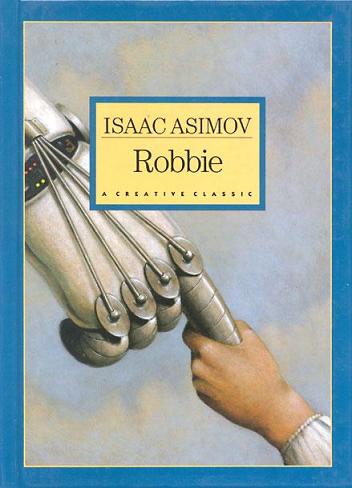A robotic hand may replace the human hand in assisting the disabled, simulating surgery and diagnosis. And this is probably just the beginning
By: Hadas Goshen *

A robotic hand that imitates the movements of the human hand in real time may in the future replace the human hand in performing complex operations. Today she works at the Technion, in the laboratory of Dr. Miriam Sachsenhaus from the Faculty of Mechanical Engineering. The control of the movement of the hand can be done with computer commands: on the computer screen the movement of each and every joint is determined and the system remembers the positions it has "learned".
Another possibility is to activate the robot in teleoperation. This method, which saves writing a computer program for each movement, uses a glove of sensors, which the operator wears on his hand. The sensors read the angles of the joints and calculate the position of the fingertips in each movement. The computer processes the data and determines the angles for the robot's finger joints, and the robot imitates the hand movement of the human operator.
Dr. Sachsenhaus and her students are currently developing a more sophisticated control, based on identifying and understanding human movements. The robotic hand currently recognizes nine basic movements including pressing, rolling, scratching, pinching, turning, screwing and squeezing. The intention is that in the future the robot will act independently, not as an imitation but based on understanding the demonstrated movement.
The development is the result of research that began at the Weizmann Institute in collaboration with Prof. Ehud Ahisher from the Department of Neurobiology. First an attempt was made to decipher the sensations of touch created by the hand. In the brain there are oscillatory cells (oscillating), which help to transmit the sensation of touch received from the fingertips. Similar cells, which decode the information received from movement, are found in the motor system in the brain and spine and are called central temporal pattern generators. These cells oscillate at the same frequency, but with a phase difference. That is, different groups of cells oscillate in different periods of time. This is how, for example, the walking movement is controlled; Different movements have a different phase relationship. Dr. Sachsenhaus presents as an example the dog's walk, which is based on a sequence of movements. When the dog walks, it moves leg by leg. When he runs, he moves one pair of limbs at a time. Dr. Sachsenhaus believes that the movement of the hands is under similar control.
"In the next step we will enrich the recognition of movements", she adds. "The frequent movements have a simpler pattern than you think. The robot will know how to recognize a sequence of movements carried out one after the other and will understand the meaning of the whole sequence. When moving a finger up and down as in a tapping or drumming motion, the joints open and close together. On the other hand, when scratching, the joints open and close in reverse phase. Understanding the sequence of movements will allow the robotic arm to assemble different segments of movements into more complex actions."
Applications in medicine
The industrial robot will be able to be converted into a home robot that will be able to assist the disabled and handicapped in carrying out actions that involve manual dexterity. The same system can also train surgeons to perform complex surgeries by simulation: the surgeon will wear the sensor glove and the system will recognize if he performed the surgery correctly.
The robot could also help, for example, in predicting future skills in children, starting with engineering skills and ending with exceptional musical talents. The ability of the glove to transmit information from the hand to the mechanic will also help to transmit the information to operate prostheses according to the same principle.
Currently, in Dr. Sachsenhaus's laboratory, artificial neural networks are also being developed for the production of movement, in computer software that imitates the action of the brain. In this way, the electronic hand will be programmed similar to the "programming" of the human hand. Such software may in the future help the paralyzed to move their hands, and the amputees to operate the prostheses in a more sophisticated way.'
* Appeared in Haaretz newspaper, 27/11/2000. The knowledge website was part of the IOL portal from the Haaretz group until 2002
